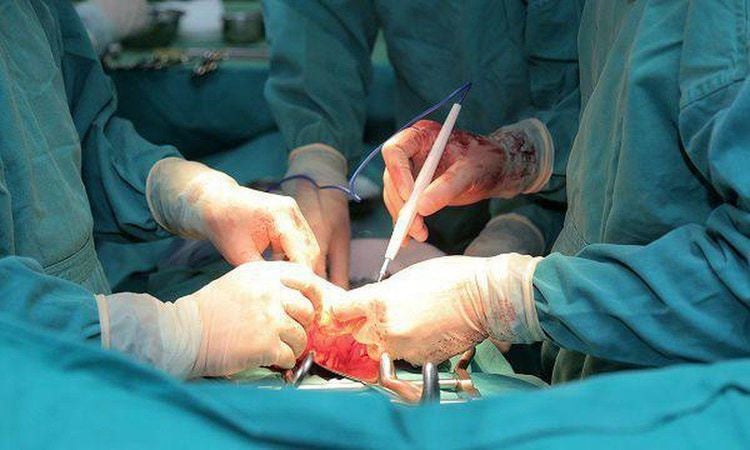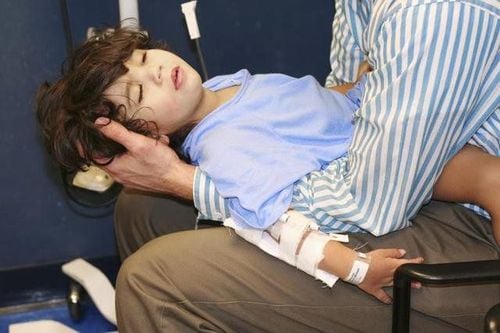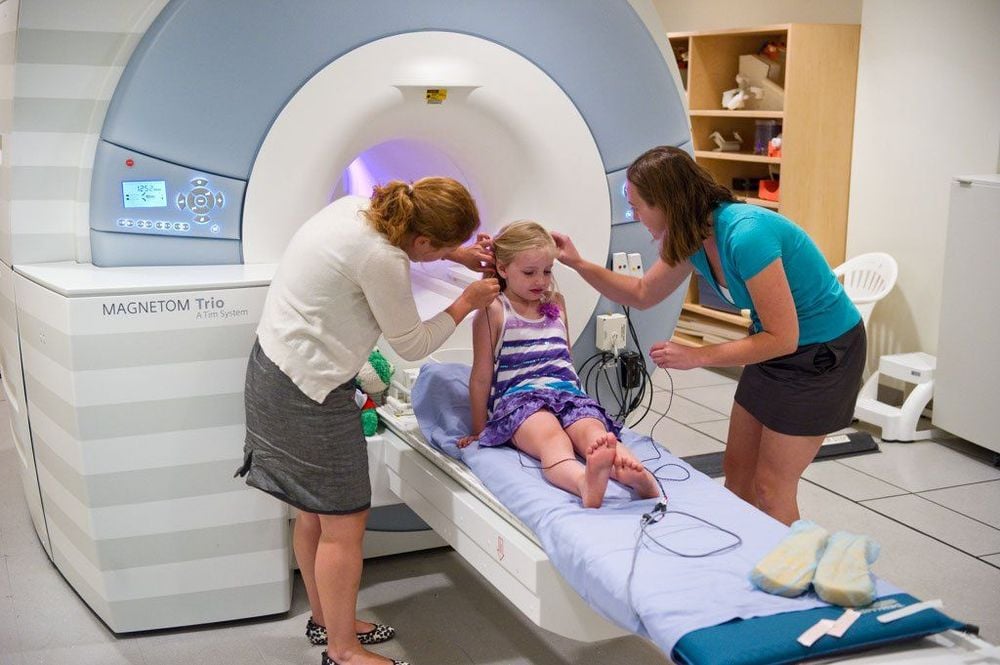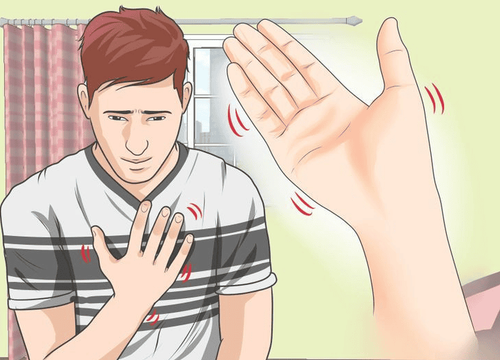This is an automatically translated article.
The brain has two hemispheres, left and right. Each hemisphere has different areas that control human cognitive and physical activity. But what happens if you lose one hemisphere? This is the case in people who had a hemispherectomy in childhood to treat severe seizures.
1. Why does the child need to remove the brain?
Epilepsy has a devastating effect on brain development in children and in some severe cases, doctors have even removed part of the brain to help prevent the condition. In these cases, surgeons perform surgery to remove either hemisphere or disconnect the diseased hemisphere from the healthy hemisphere.

Cắt bán cầu não để chữa động kinh cho trẻ em (Hình ảnh minh họa)
Although brain surgery may seem like a very powerful treatment, there are significant benefits to children who still have seizures after many different but ineffective medications. If the seizures are coming from a large area in one hemisphere of the brain, hemispherectomy is the only treatment that can stop the seizures from continuing. Hemisection has the ability to stop seizures, so it can give the brain a chance to reorganize and continue to develop without interruption.
If left untreated, seizures cause more damage to a child's brain, disrupt a child's cognitive development, and lead to more serious disability.

Cơn động kinh sẽ gây ra nhiều tổn thương cho trẻ
2. What happens to a growing child when half of their brain is removed?
A new study recently published in the journal Cell deals with children who have lost half of their brains and growth into adults. The findings suggest that, when half of the brain is lost, the other half can form unusually strong connections between different functional areas. This can help the body function as if the brain were intact.
The reason this happens is that if the patient is young enough, their body can compensate by shifting some neural function from the damaged, disconnected, or lost half of their brain. them to the other healthy half.
To conduct this study, Kliemann and colleagues invited six high-functioning adults who had had a hemispherectomy in childhood to treat epilepsy. The team recruited six more healthy adults who had never had a hemispherectomy. They asked each participant to lie down and relax in a functional magnetic resonance imaging (fMRI) machine to create images of the subject's brain activity.

Chụp MRI kiểm tra hoạt động não của trẻ
When the team compared the brain activity of people who had had hemispherectomy with that of healthy people, they found that both sides had similar connections in brain regions involved in the same functional networks. power. However, people who had a hemispherectomy had abnormally high brain connectivity between different functional networks. Although more research is needed, it is possible that the connections between the networks help the brain compensate for the loss of function in one hemisphere.
Anyone who undergoes a hemispherectomy will have some functional limitations. For example, when one half of the brain is damaged, disconnected, or removed, weakness is caused on the opposite side of the body. In particular, the foot and hand on one side will be weaker than the opposite half and cause vision loss on one side.
The results of a hemispherectomy tend to be best when it's done as early as possible, preferably before age 3. That's because a child's brain is more likely to transfer certain neural functions from one side to the other. For example, language function often develops in the left hemisphere of the brain. If the left side is damaged, disconnected or missing then the language function can potentially switch to the right side.
Vinmec International General Hospital is one of the hospitals that not only ensures professional quality with a team of leading medical doctors, modern equipment and technology, but also stands out for its examination and consultation services. comprehensive and professional medical consultation and treatment; civilized, polite, safe and sterile medical examination and treatment space.
Customers can directly go to Vinmec Health system nationwide to visit or contact the hotline here for support.
Articles refer to sources: webmd.com, healthline.com













